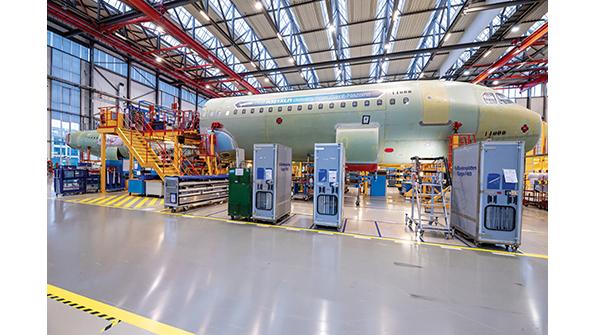
Credit: Stefan Kruijer/Airbus
Nearly two years have passed since the COVID-19 pandemic began, precipitating the worst crisis ever faced by the world aviation industry. Aircraft deliveries fell 35% in 2020 year-over-year, while air travel demand fell 66%. Both of those declines are jet-age records. Yet with markets and production...
Subscription Required
This content requires a subscription to one of the Aviation Week Intelligence Network (AWIN) bundles.
Schedule a demo today to find out how you can access this content and similar content related to your area of the global aviation industry.
Already an AWIN subscriber? Login
Did you know? Aviation Week has won top honors multiple times in the Jesse H. Neal National Business Journalism Awards, the business-to-business media equivalent of the Pulitzer Prizes.
